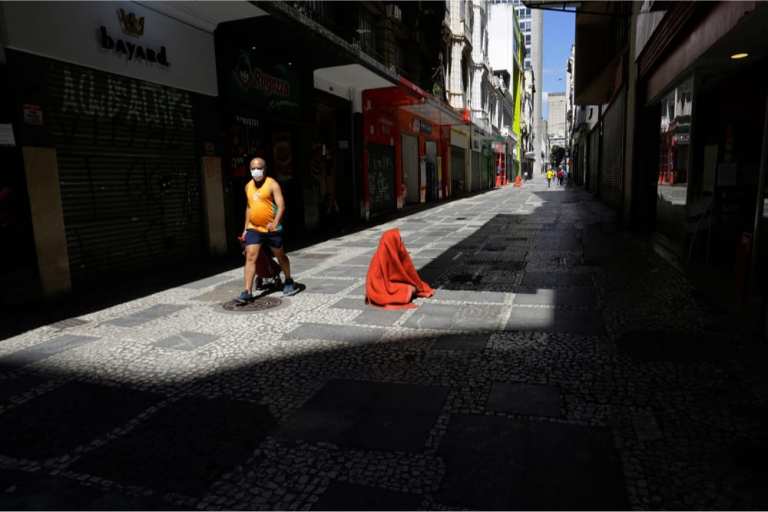
The COVID-19 pandemic is accelerating a rise in global extreme poverty, the first time there has been an uptick since before 2000, the World Bank said on Wednesday (Oct. 7). It is estimated that the worldwide pandemic will propel 88 million to 115 million people into extreme poverty in 2020, a number that could hit 150 million by 2021.
Extreme poverty — living on less than $1.90 per day — affects an estimated 9.1 to 9.4 percent of the world’s population, according to the World Bank biennial Poverty and Shared Prosperity Report. It had been expected that the poverty rate would have dropped to 7.9 percent in 2020 if the pandemic had not happened.
“The pandemic and global recession may cause over 1.4% of the world’s population to fall into extreme poverty,” said David Malpass, president, World Bank Group.
“In order to reverse this serious setback to development progress and poverty reduction, countries will need to prepare for a different economy post-COVID, by allowing capital, labor, skills, and innovation to move into new businesses and sectors. World Bank Group support — across IBRD, IDA, IFC and MIGA — will help developing countries resume growth and respond to the health, social, and economic impacts of COVID-19 as they work toward a sustainable and inclusive recovery,” he added.
Extreme poverty has dropped for the past five decades despite natural disasters and war. But thanks to the coronavirus, the World Bank does not think extreme poverty will be eradicated by its original estimate of 2030. People living in poverty — less than $3.20 per day per the World Bank — is anticipated to go up by 170 million to 220 million people.
It is also estimated that some 490 million people will lose access to either potable water, sufficient food, electricity or education in 2021.
Business 20 (B20), a group of top CEOs from around the world, is planning to meet next month in Saudi Arabia, ahead of the G-20 summit. B20 Chairman Yousef Al-Benyan said the world economy is in its worst state in 100 years.